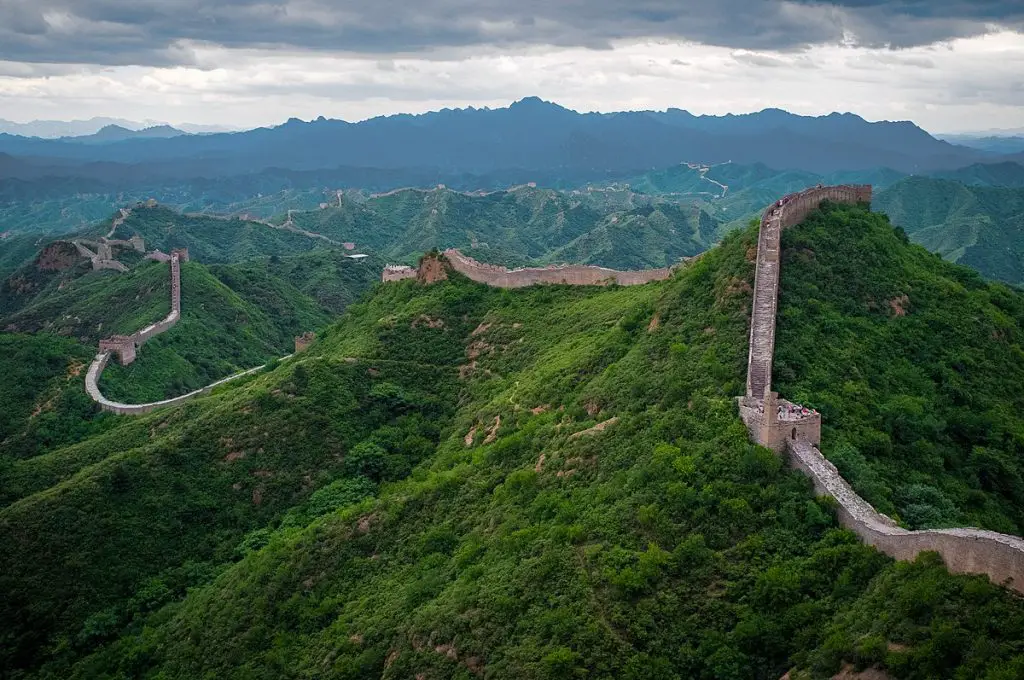The Great Wall of China, one of the most iconic and awe-inspiring man-made structures in the world, has fascinated travelers and historians for centuries. Stretching across vast landscapes, this architectural marvel showcases the ingenuity and determination of ancient civilizations. In this article, we will delve into the history, significance, structure, cultural importance, and visiting opportunities of the Great Wall, providing readers with a comprehensive guide to explore this extraordinary wonder.

History and Significance
The Great Wall’s origins can be traced back to ancient times, with its construction dating back over two millennia. Understanding the historical and cultural significance of the wall is essential to grasp its enduring appeal. The roots of the Great Wall lie in the early dynasties of China. Various empires, such as the Qin, Han, and Ming, contributed to its construction, each leaving their mark on this colossal undertaking. The wall served as a defensive barrier against invasions from northern nomadic tribes, protecting the Chinese heartland.
The primary purpose of the Great Wall was to fortify China’s borders and safeguard its civilization. The construction involved a massive workforce, comprising soldiers, peasants, and prisoners. Materials like stones, bricks, and wood were used in its creation, with watchtowers strategically positioned to facilitate surveillance and communication.
Structure and Architecture

The Great Wall’s architectural features and grand scale make it a captivating subject for exploration. Let’s delve into its structure and the awe-inspiring elements that define this magnificent masterpiece.
Spanning approximately 13,000 miles, the Great Wall traverses diverse terrains, including mountains, plateaus, and deserts. Its width varies, ranging from 15 to 30 feet, while its height reaches an average of 25 feet. These dimensions highlight the colossal scale of the wall and the immense effort required for its construction.
Strategically positioned along the wall, watchtowers served as observation points and defense posts. These impressive structures were crucial for guarding against potential threats, allowing soldiers to spot enemies from a distance and communicate swiftly. The watchtowers vary in design and architecture, offering unique insights into different periods of Chinese history.
Cultural and Historical Significance

Beyond its architectural grandeur, the Great Wall holds immense cultural and historical importance, both for China and the world at large. Let’s explore the significance of this UNESCO World Heritage Site and its symbolic representation of Chinese civilization.
In 1987, the Great Wall was recognized as a UNESCO World Heritage Site, acknowledging its universal value and significance. This designation highlights the wall’s outstanding cultural and historical importance, ensuring its preservation for future generations.
The Great Wall has become an enduring symbol of Chinese civilization, representing the nation’s rich history, cultural heritage, and resilience. It embodies the collective effort and ingenuity of the Chinese people, standing as a testament to their determination and unity.
Visiting the Great Wall

For adventurous travelers, exploring the Great Wall offers a unique opportunity to immerse oneself in history, admire breathtaking landscapes, and appreciate architectural marvels. Let’s discover some of the most popular sections and activities available for visitors.
While the Great Wall stretches across vast expanses, several sections are particularly renowned for their accessibility and historical significance. The Badaling, Mutianyu, and Jinshanling sections are among the most popular, offering diverse experiences and stunning views.
Besides marveling at the wall’s architectural splendor, visitors can engage in various activities and explore attractions surrounding the Great Wall. Hiking, camping, and photography opportunities abound, allowing travelers to forge unforgettable memories while appreciating the beauty of their surroundings.
Preserving and Maintaining the Wall

Preservation and maintenance efforts are vital to ensure the Great Wall’s longevity and safeguard its cultural heritage. Let’s examine the initiatives undertaken to protect this iconic monument and the challenges faced in its conservation.
Preservation organizations, governmental bodies, and volunteers collaborate to safeguard the Great Wall. Restoration projects focus on maintaining the wall’s integrity, using traditional construction techniques and sustainable materials to retain its historical authenticity.
Despite preservation efforts, the Great Wall faces challenges, including natural erosion, human impact, and tourism-related concerns. Balancing conservation with sustainable tourism practices remains a crucial goal to ensure the wall’s future integrity and accessibility.

Conclusion
Exploring the Great Wall of China is a journey through time, allowing travelers to witness the magnificence of ancient engineering and unravel the layers of Chinese history. Its significance as a UNESCO World Heritage Site and symbol of Chinese civilization makes it an unmissable destination for those seeking cultural immersion and awe-inspiring experiences.